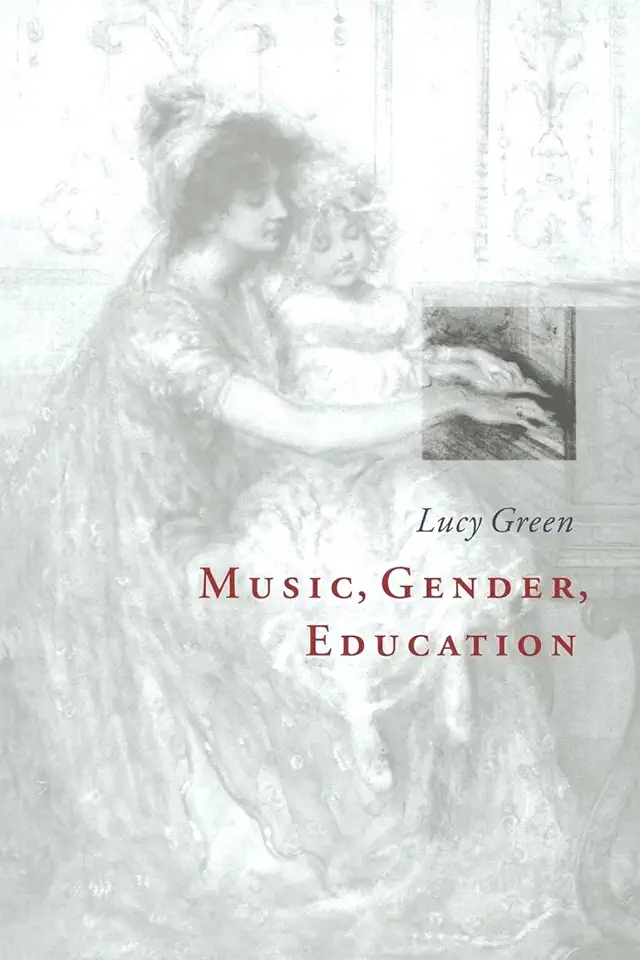
Music, Gender, Education - Lucy Green
Music, Gender, Education: A Comprehensive Exploration
Introduction
In her groundbreaking book, "Music, Gender, Education," Lucy Green delves into the intricate relationship between music, gender, and education, shedding light on the complex dynamics that shape musical experiences and opportunities for individuals of different genders. With meticulous research and compelling arguments, Green presents a comprehensive analysis of the gendered nature of music education, offering valuable insights and practical strategies for promoting inclusivity and equity in musical learning environments.
Gender and Music: A Historical Perspective
Green begins by exploring the historical context of gender and music, tracing the evolution of societal attitudes and expectations regarding musical participation and achievement for men and women. She examines how gender stereotypes have influenced the perception of musical talent, the choice of instruments, and the opportunities available to individuals based on their gender. By uncovering the roots of gender bias in music, Green lays the foundation for understanding the current challenges and opportunities in music education.
Gender and Music Education: Current Issues and Challenges
Moving forward, Green delves into the contemporary landscape of music education, highlighting the persistent gender disparities and challenges that continue to shape musical experiences for students of different genders. She examines the gender gap in music participation, the underrepresentation of women in music leadership positions, and the gendered expectations that influence music curriculum and teaching practices. Green's analysis provides a critical lens through which to examine the systemic barriers that hinder gender equality in music education.
Promoting Inclusivity and Equity in Music Education
In the final section of the book, Green offers a wealth of practical strategies and recommendations for promoting inclusivity and equity in music education. She emphasizes the importance of creating supportive learning environments, challenging gender stereotypes, and implementing gender-responsive teaching practices. Green also discusses the role of educators, policymakers, and institutions in fostering a more inclusive and equitable music education system. Her insights provide a roadmap for transforming music education and empowering individuals of all genders to fully participate in and benefit from musical learning.
Conclusion
"Music, Gender, Education" is a must-read for music educators, researchers, policymakers, and anyone passionate about promoting gender equality in music education. Lucy Green's comprehensive analysis and practical recommendations offer a powerful framework for understanding and addressing the gendered dimensions of music education. By embracing inclusivity and equity, we can create a musical landscape where all individuals have the opportunity to explore, learn, and thrive in the world of music.